Air Quality Partnerships with Communities
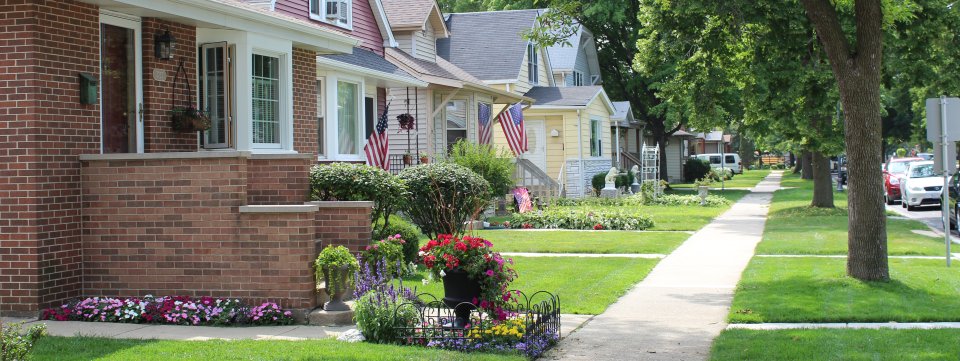
EPA’s Region 5 office works with communities across the Midwest to use our programs and regulatory authorities to address air quality concerns and interests. Our work is often centered in communities with environmental justice concerns, but we welcome working with citizens, governments, and organizations who are interested in actions to improve air quality and address climate change.
On this page:
- How does EPA Region 5 address air pollution in partnership with communities?
- Concerns about specific industrial facilities
- Assistance for the public and environmental groups
- Assistance for local governments, including schools
- Assistance for industry
- Community-based Grant Resources
How does EPA Region 5 address air pollution in partnership with communities?
Much of our work to address air pollution is done through regulatory means: regulation of air quality, air quality planning, oversight of air permitting, and enforcement. EPA Region 5 combines this foundational work with information-sharing, listening to concerns, and providing assistance to environmental groups, non-profit organizations, industry, and local governments, among other partners. In some cases, EPA Region 5 works directly with partners to implement projects to address indoor and outdoor air pollution.
Concerns about specific industrial facilities
A good place to start is EPA’s Enforcement and Compliance History (ECHO) webpage. You can look up facilities by name or location and see information on their characteristics, if there are any alleged violations, and how much pollution is released by the facility.
You can also report concerns about a specific facility by reporting an environmental violation. Reporting violations online is effective and ensures that the complaint is documented and follow-up occurs.
Assistance for the public and environmental groups
-
Understanding regulatory, emissions, and monitoring information
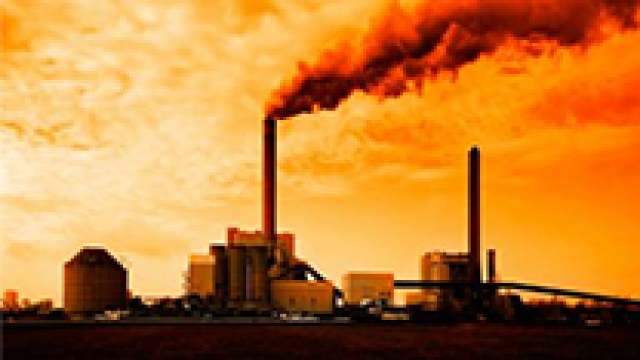
EPA can explain how the regulatory process works and how to interpret emissions information and monitoring information.
-
Understanding the air permitting process

We offer customized training and assistance to citizens, community groups, and other stakeholders about the Clean Air Act, air permits, and how the public can meaningfully participate in the air permitting process.
-
Learn about health risks from air toxics
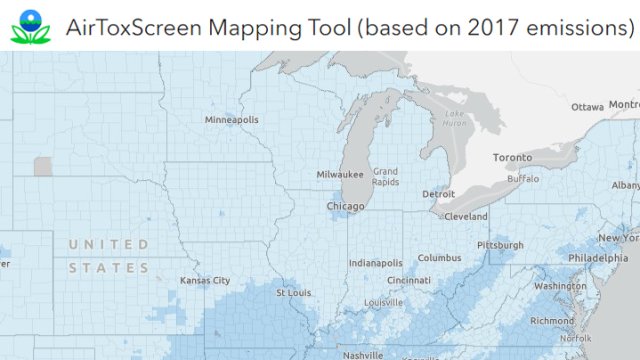
AirToxScreen provides communities with information about health risks from air toxics. It helps identify pollutants, emission sources and places to study further to better understand any possible risks to public health from air toxics.
-
Supplemental Environmental Projects
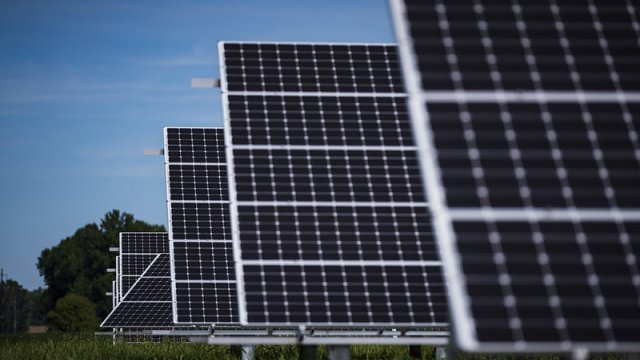
As part of enforcement settlements, alleged violators may propose to undertake a project that provides tangible environmental or public health benefits to the affected community. These projects are called Supplemental Environmental Projects or SEPs. EPA is interested in hearing SEP proposals directly from communities.
-
Use portable air sensors to learn about air quality
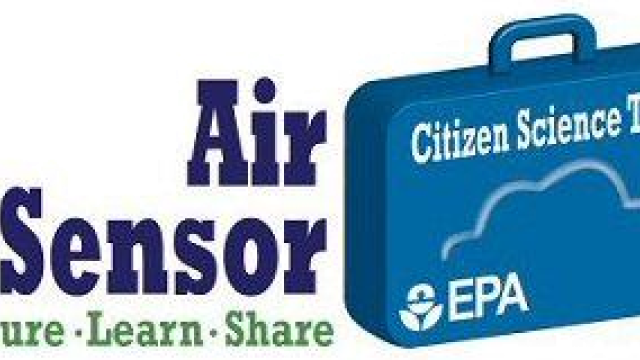
Interest in low-cost air sensors among the public is growing. EPA also loans sensors to the public. EPA’s Air Sensor Toolbox includes information on operation and use of air sensors and the data they produce, as well as information about our sensor loan programs.
-
Learn about air quality in your area
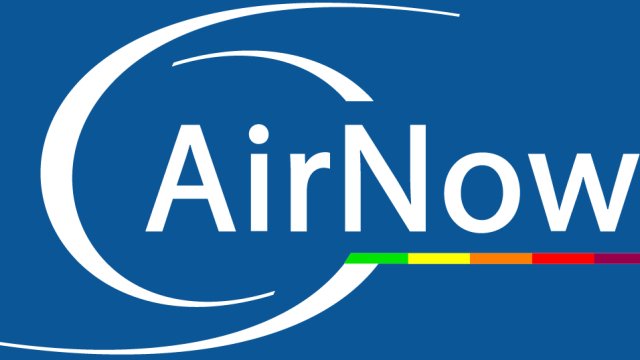
AirNow includes current air quality information, as well as forecasts and historical data. It also provides additional health and air quality information for various audiences, including teachers, students, and healthcare professionals.
Assistance for local governments, including schools

General air quality assistance: Concerned about air quality in your area? We can help you with information about facilities, monitored levels of pollution, reducing pollution from wood burning, or broader strategies through the Advance program. You can also direct citizen complaints to Report Environmental Violations.
Indoor air quality walkthroughs: We offer non-regulatory Indoor Air Quality Assessments (pdf) (1pg, 1905KB) in schools, daycares, and other public buildings. These indoor air quality assessments help identify issues, including mold and poor ventilation, and EPA provides recommendations on how to remedy them.
Diesel emission reduction funding (retrofit, replacement, electrify): Region 5 staff can provide assistance to fleet managers (towns, schools, etc.) to determine eligibility for diesel replacement and retrofit funding and clean school buses and answer questions about the process and forms.
Healthy Homes/asthma trigger reduction training: We provide training to health workers, school employees, parents, building operators, and other relevant stakeholders about how to improve indoor air quality and reduce asthma triggers in homes and commercial buildings.
Energy and sustainability assistance to local governments: We help local governments take actions to improve public health and reduce greenhouse gas emissions in their community, including assessing building energy performance through ENERGY STAR, renewable energy acquisition assistance through the Green Power Partnership, using resources from the State and Local Climate and Energy Program and local efforts to address indoor air issues including radon, asthma triggers, secondhand smoke, and related ordinance development. This assistance includes referrals to subject matter experts at EPA Headquarters.
Home Heating Map: This mapping tool uses American Community Survey data to show variation in what fuel people use to heat their homes nationwide. This information can be useful for targeting energy efficiency, renewable energy and Burn Wise outreach.
Air Quality Flag Program: We can brainstorm ways that schools, park districts, and other organizations can use the Air Quality Flag Program resources to educate others about air quality and adjust outdoor activities appropriately, particularly for sensitive populations like children and those with asthma.
Advance Program: EPA's Advance Program supports states, tribes and local governments that want to take proactive steps to keep their air clean by promoting local actions to reduce ozone and fine particle pollution. The program offers expertise and technical assistance related to air quality, mobile sources, heat island and green infrastructure, wood smoke, cost-effective energy efficiency, renewable energy, and climate policies and programs to interested state, local, and tribal governments.
Reducing pollution from wood smoke: Wood smoke can be a major source of particulate pollution. Through EPA’s Burn Wise program, we can assist with outreach campaigns and policies to promote cleaner burning practices and EPA-certified appliances.
Assistance for industry
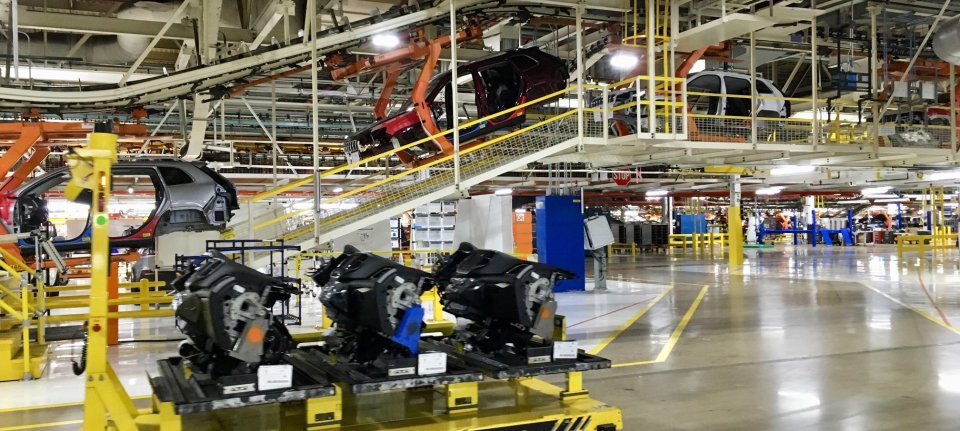
Energy efficiency assistance: We work with utilities, local governments, energy service providers, and trade associations to offer initiatives that educate manufacturers on how to improve energy efficiency and reduce costs and greenhouse gas emissions. This is done through ENERGY STAR’s programs for industry.
Environmental justice conversations with industry: Industry is an important partner in reducing pollution where people live, work, and play. We offer training for industry to provide background on environmental justice and what industry can do to reduce its environmental impact and engage its neighbors.
More Information on EPA Assistance and Information for Communities
Community-based Grant Resources
EPA has resources for grant applicants, including air monitoring grants funded by the American Rescue Plan.
Applicants can read EPA’s Requirements for Quality Assurance Project Plans and Guidance for Quality Assurance Project Plans as they develop QAPPs. This checklist is a useful when developing a QAPP: Example of a QA Project Plan Review Checklist (docx)
Helpful webinars:
QAPP 101(Youtube): Overview of QAPP components
Air Sensor Technology 101(Youtube): Overview of air sensor technology, air sensor applications, and resources available in the air sensor toolbox.
Air Monitoring 101(Youtube): Basic requirements to set up and operate a regulatory monitor, including data reporting and quality assurance requirements, as well as what it means to operate under a primary quality assurance organization (PQAO).
Other Resources:
- How to Apply
- Grant Forms
- Grant-related Webinars
- Competitive Funding Announcements for Air Projects
- Environmental Justice and other grants for communities
- Ambient Monitoring Technology Information Center (AMTIC)
- QA Handbook for Air Pollution Measurement Systems:"Volume II: Ambient Air Quality Monitoring Program (pdf)
- Quality Assurance Handbook for Air Pollution Measurement Systems - Volume IV: Meteorological Measurements (pdf)
- Best Practices for Review and Validation of Ambient Air Monitoring Data (pdf)
- Guide to Writing Quality Assurance Project Plans for Ambient Air Monitoring Networks (pdf)
- List of Designated Reference and Equivalent Methods (pdf)
